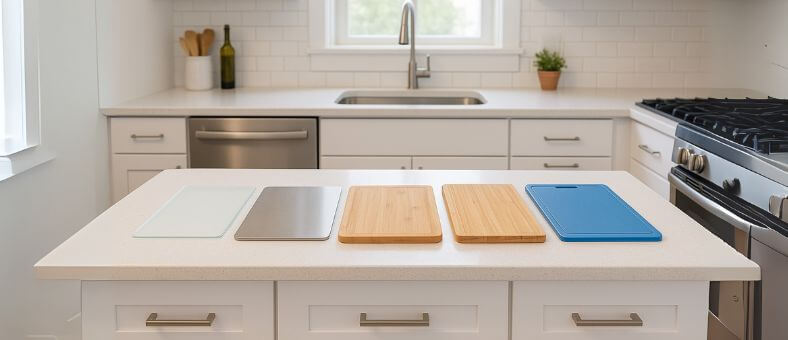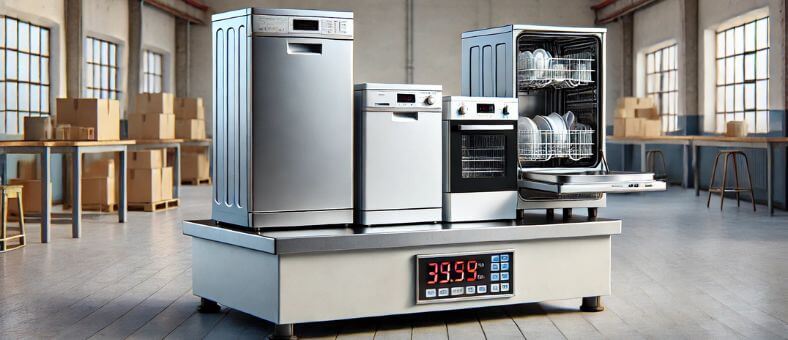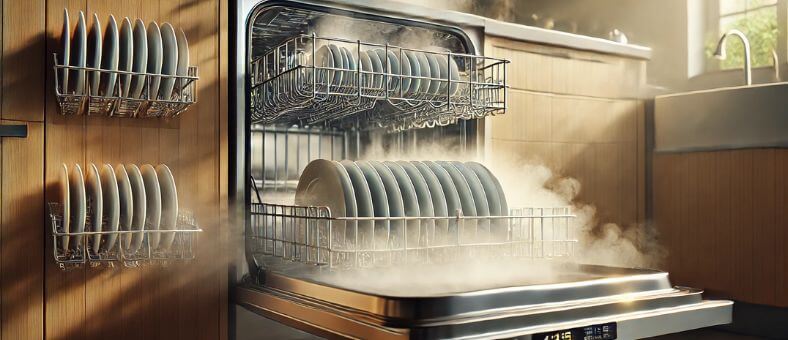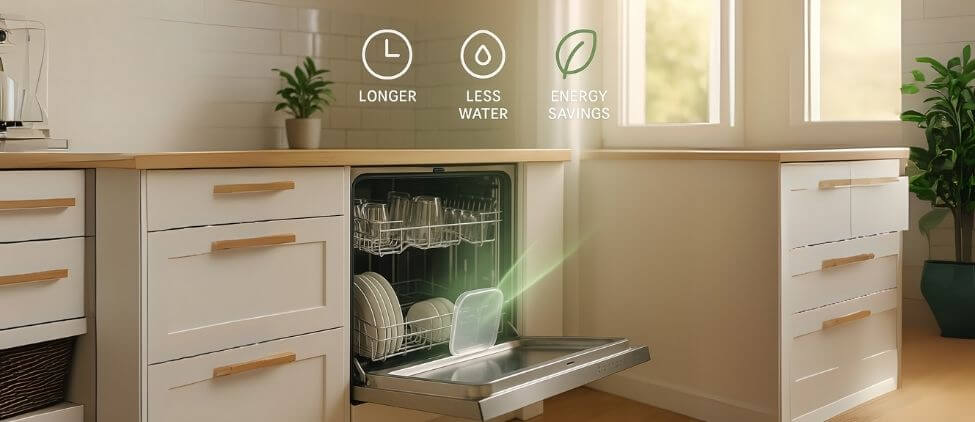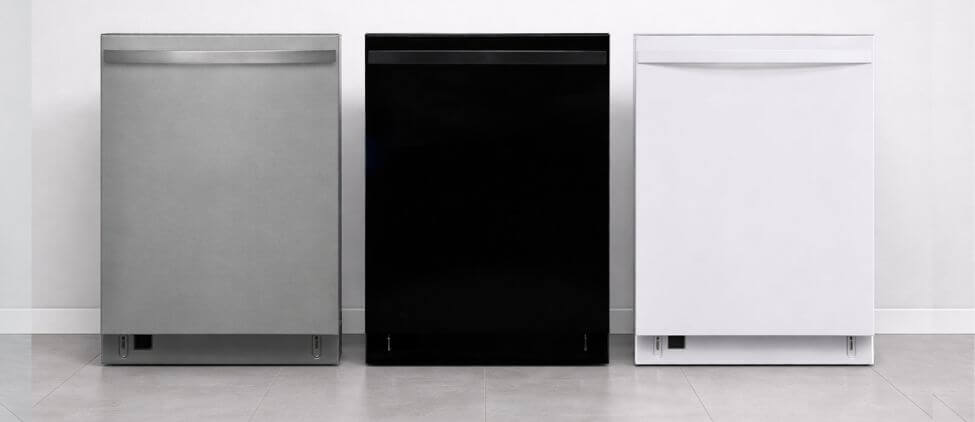Have you ever found yourself standing in your kitchen, holding your trusty cutting board, and pondering, “Can I put my cutting board in the dishwasher?” If you have, you’re certainly not alone. Many of us love the convenience of a dishwasher, but the uncertainty about which kitchen items can safely be placed inside can sometimes turn our beloved kitchen aid into a hub of confusion. After all, no one wants to ruin their cutting board – it’s an essential tool for every culinary enthusiast.
Cutting boards come in various materials, from traditional wood and bamboo to modern composite and stainless steel. The need for cleanliness and hygiene in our kitchens is undeniable. Still, the method we employ to achieve this can vary significantly, especially when considering the longevity and maintenance of our kitchen tools.
But fret not! This article delves deep into the realm of dishwashers and cutting boards. We’ll dissect the facts, weigh the pros and cons, and give you expert opinions. By the end of this piece, not only will you have an answer to the burning question of “Can I put my cutting board in the dishwasher?” but you’ll also be armed with the knowledge to make an informed decision that best suits your kitchen needs.
Let’s embark on this enlightening journey together and ensure your cutting board remains a long-lasting companion in all your culinary adventures!
Glass Crash Clash! Shocking Fact
Believe it or not, 1 in 5 glass cutting board breakages in home kitchens happen due to haphazard and improper dishwasher placement! Ensure your glass boards are appropriately secured to avoid those unexpected and dangerous shatters.
Table of Contents
Plastic Cutting Boards: Dishwasher-Safe and Convenient
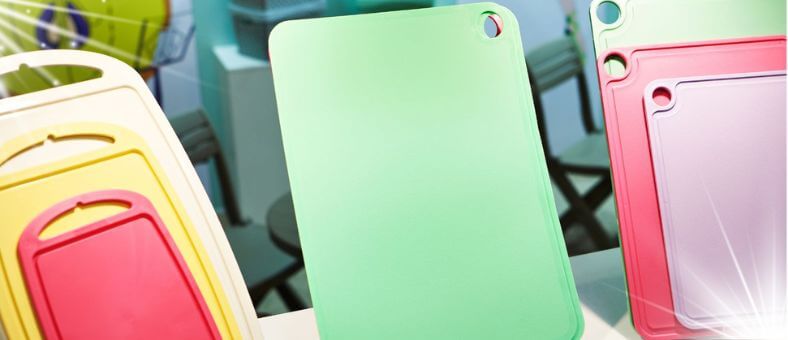
Plastic cutting boards are generally considered safe to put in the dishwasher. They can withstand heat and water pressure without warping or cracking. Plus, they are lightweight and easy to clean. However, it’s essential to check the manufacturer’s instructions to ensure your specific plastic cutting board is dishwasher-safe. Some may recommend placing them on the top rack or avoiding high-temperature cycles to prolong their lifespan.
Wooden Cutting Boards: Not Recommended for Dishwasher Use
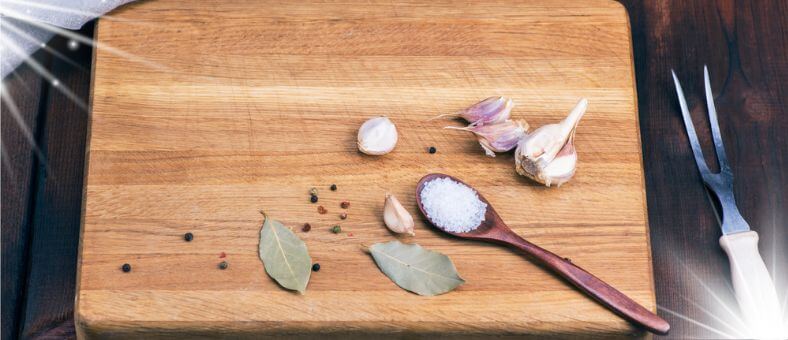
Wooden cutting boards, although loved for their natural beauty and durability, are unsuitable for the dishwasher. The hot water and prolonged exposure to moisture can cause the wood to warp, split, or even harbor bacteria. Wash wooden cutting boards by hand using warm soapy water and then let them air dry. Regular oiling and proper maintenance will help preserve their quality and longevity.
Expert Advice
Wooden cutting boards have a natural charm but can easily warp and crack in the intense heat of the dishwasher. To preserve their beauty and ensure longevity, always choose to hand wash them with mild soap and warm water.
Bamboo Cutting Boards: Dishwasher-Friendly
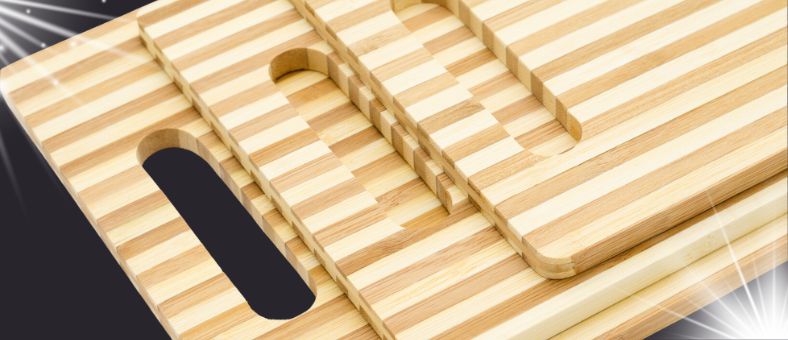
Bamboo cutting boards can be placed in the dishwasher, but it’s important to exercise caution. While bamboo is more water-resistant than traditional wood, it can still be damaged by high heat and water pressure. Using the dishwasher’s gentle cycle and avoiding harsh detergents is advisable. Additionally, regular oiling will help maintain the bamboo’s moisture resistance and prevent cracking or warping.
Glass Cutting Boards: Dishwasher-Safe and Hygienic
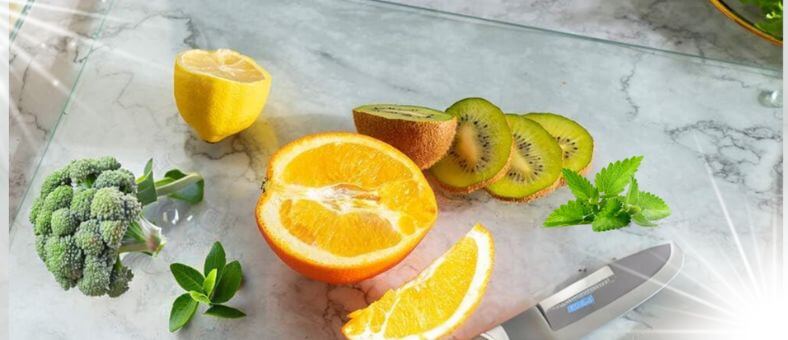
Glass cutting boards are famous for their durability, hygienic surface, and dishwasher-friendly nature. They can withstand high temperatures, powerful water jets, and harsh detergents without any adverse effects. Glass cutting boards are also non-porous, making them resistant to stains and odors. Just be cautious of their weight and ensure they are securely placed in the dishwasher to avoid breakage.
Composite Cutting Boards: Dishwasher-Safe and Durable
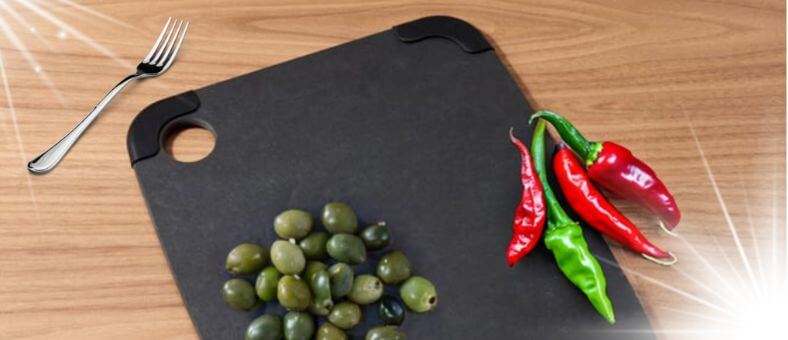
Composite cutting boards, made from a combination of materials like wood fibers and resin, are designed to be dishwasher-safe. They offer the best of both worlds, combining the durability of plastic with the natural look of wood. Composite cutting boards can handle the dishwasher’s heat and water pressure without compromising structural integrity. However, always refer to the manufacturer’s guidelines for specific care instructions.
Regardless of the type of cutting board you have, regular maintenance is vital to ensuring its longevity and cleanliness. Proper cleaning, drying, and occasional oiling or conditioning will help keep your cutting board in shape.
Wheat Straw Plastic Cutting Boards: Eco-Friendly Option
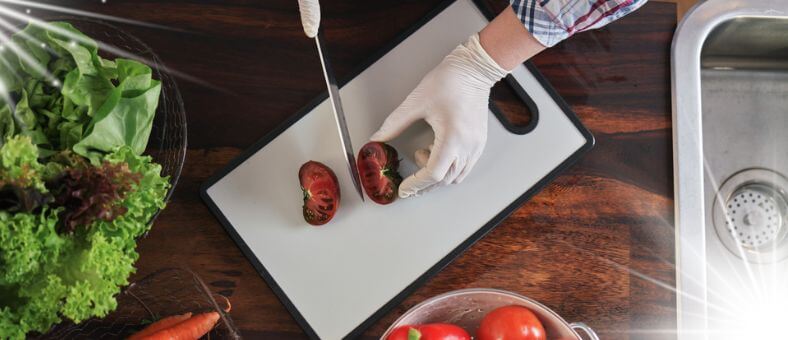
Wheat straw plastic cutting boards offer a great combination of dishwasher safety and eco-friendliness. Made from a biodegradable and renewable material, these cutting boards are convenient and gentle for the environment. They can withstand the dishwasher’s high temperatures and vigorous cleaning cycles without warping or losing their shape. So, if you’re looking for a sustainable and dishwasher-safe option, consider investing in a wheat straw plastic cutting board for your kitchen.
Silicone Cutting Boards: Heat-Resistant
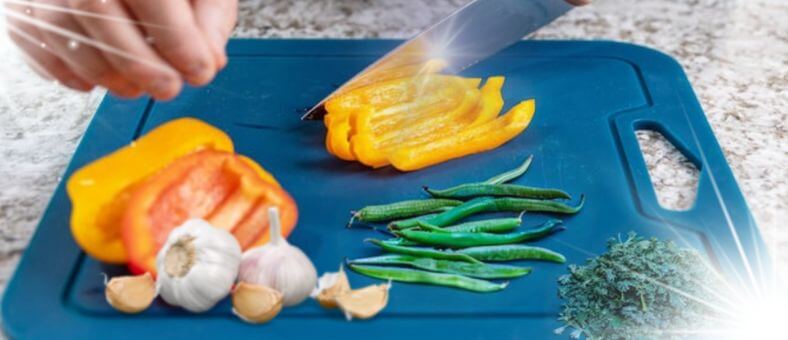
Silicone cutting boards are a versatile and dishwasher-friendly option for your kitchen. They are heat-resistant, ideal for handling hot foods and cooking utensils. The dishwasher can easily clean silicone cutting boards, saving you time and effort. Their flexible and non-porous surface makes them hygienic and easy to maintain. Silicone cutting boards are a great choice if you’re looking for a durable and dishwasher-safe cutting board that can withstand high temperatures.
Stainless Steel Cutting Boards: Dishwasher-Friendly

Stainless steel cutting boards are renowned for their durability and ease of cleaning. These items are resistant to stains, odors, and bacteria, making them ideal for maintaining hygiene during food preparation. Stainless steel cutting boards can be safely cleaned in the dishwasher, ensuring thorough sanitation. Their smooth surface is non-porous, preventing the absorption of odors and flavors. Suppose you prefer a sleek, low-maintenance cutting board that can easily handle the dishwasher. In that case, stainless steel cutting boards are an excellent option.
Large Cutting Boards: Size Matters in the Dishwasher
When cleaning your cutting boards in the dishwasher, size matters too! Opting for a large cutting board can make cleaning more efficient and effective. A giant cutting board can fit better in the dishwasher, allowing for better water circulation and thorough cleaning. It minimizes the chances of overlapping or overcrowding with other items, ensuring that all board surfaces are exposed to the cleaning action. Additionally, a large cutting board is easier to handle when it is placed and removed from the dishwasher. It reduces the risk of accidentally dropping or damaging the board during cleaning. If you’re considering using your cutting board in the dishwasher, opting for a larger size can contribute to a more hassle-free and thorough cleaning experience.
Pros & Cons: Dishwashing Cutting Boards
Pros:
The dishwasher offers a convenient and effortless way to clean your cutting boards, saving you time and effort in the kitchen.
High heat and powerful water jets in the dishwasher can effectively sanitize cutting boards, eliminating bacteria and germs that may be present.
Dishwashers can help remove strong odors from cutting boards, leaving them fresh and ready for future use.
Cutting boards labeled dishwasher-safe are designed to withstand the dishwasher’s cleaning process without any adverse effects.
Cons:
Some cutting boards, especially wood or bamboo, may be susceptible to damage from the dishwasher’s high heat and moisture, leading to warping, cracking, or splitting.
Exposure to hot water and steam in the dishwasher can cause cutting boards to warp or crack over time, compromising their durability and lifespan.
Not all cutting boards are suitable for dishwasher use. Materials like wood and certain plastics may not be dishwasher-safe and can be damaged or degraded in quality.
The effectiveness of dishwasher cleaning may vary depending on factors such as dishwasher settings, water temperature, and the cutting boards’ condition.
Tips for Properly Cleaning Cutting Boards in the Dishwasher
Selecting Dishwasher-Safe Cutting Boards:
- Look for cutting boards that are specifically labeled as dishwasher-safe.
- Check the material and construction to ensure they can withstand dishwasher cleaning.
Scrape Off Excess Food Debris:
- Before placing the cutting board in the dishwasher, scrape off any large food particles using a spatula or brush.
- This helps prevent clogging the dishwasher and ensures better cleaning results.
Pre-Soak or Pre-Rinse for Stubborn Stains:
- For cutting boards with stubborn stains or dried-on food, consider pre-soaking or pre-rinsing them before putting them in the dishwasher.
- This helps to loosen and remove the stains more effectively.
Proper Placement in the Dishwasher:
- Place the cutting board in a secure and upright position in the dishwasher.
- Ensure it is not blocking or obstructing the spray arms, allowing water to reach all surfaces.
Avoid Overloading the Dishwasher:
- Avoid overcrowding the dishwasher by placing only a few cutting boards simultaneously.
- This ensures proper water circulation and allows the dishwasher to clean the cutting boards more effectively.
If you’re unsure about how to load your dishwasher for optimal cleaning, check out How to Load Your Dishwasher Properly for guidance.
Use the Appropriate Dishwashing Cycle:
- Select a suitable dishwasher cycle for cleaning cutting boards, such as a heavy-duty or sanitizing cycle.
- These cycles provide more thorough cleaning and help eliminate bacteria.
Avoid High Temperatures for Certain Materials:
- Be cautious with temperature settings, especially for plastic or other heat-sensitive cutting boards.
- High temperatures can cause warping or damage to these types of cutting boards.
Take Precautions for Wooden Cutting Boards:
- Wooden cutting boards are not recommended for dishwashers, but if you clean them in the dishwasher, use a gentle cycle and low temperature.
- Remove them promptly after the cycle to prevent excessive exposure to water and heat.
Check Manufacturer’s Recommendations:
- Always refer to the manufacturer’s instructions and recommendations for cleaning cutting boards in the dishwasher.
- They may provide specific guidelines based on the material and design of the cutting board.
Regular Maintenance and Inspection:
- After each dishwasher cycle, inspect the cutting boards for any signs of damage, such as cracks or warping.
- Regularly maintain and care for your cutting boards to ensure longevity and hygienic use.
Maintenance Matters: Regular TLC!
Like all cherished kitchen tools, cutting boards need some love too. Regardless of material, periodically treating your board with oil or conditioner helps maintain its prime condition, ensuring it serves you delicious meals for years.
Wrapping Up: Can I Put My Cutting Board in the Dishwasher?
Wrapping it up, whether or not your cutting board can dance in the dishwasher’s watery whirl really depends on its material. Good news for plastic and glass board owners – they’re totally dishwasher-friendly! But if you’re rocking a wooden or bamboo board, it’s a safer bet to give them some hand-wash love. Composite ones? They’re in the middle, so it’s best to check their tags. But here’s the kicker: if you value convenience, picking a dishwasher-safe board next time might just be your best kitchen move yet. Think about it: less scrubbing and more time for fun (or more cooking)! Happy cleaning, whatever you choose!
At WashDryDazzle, we’re dedicated to providing essential insights that make your daily chores effortless. Dive deeper into our comprehensive Dishwasher Education hub to learn more.
Frequently Asked Questions (FAQs)
Can I use regular dishwasher detergent for cleaning cutting boards in the dishwasher?
Yes, you can use regular dishwasher detergent for cleaning cutting boards in the dishwasher. However, it’s crucial to ensure the detergent doesn’t contain harsh chemicals that might degrade the board, especially if it’s made of sensitive materials like wood or bamboo.
Is there a specific type of hand washing detergent recommended for wooden cutting boards?
It’s best to use a mild, pH-balanced detergent for wooden cutting boards. This helps clean the board without stripping its natural oils. After washing, rinse thoroughly and dry immediately to prevent moisture damage.
Do I need a special dishwasher detergent for bamboo or composite cutting boards?
While bamboo and composite cutting boards can often handle regular dishwasher detergents, checking the manufacturer’s guidelines is a good practice. Some boards might benefit from detergents free of bleach or phosphates to ensure longevity.
How often should I sanitize my cutting board if I hand wash it, and what detergent is best?
Clean your cutting board after every use, especially when cutting raw meat. Use mild detergent and hot water for regular cleaning. To sanitize, mix one tablespoon of bleach in a gallon of water. Rinse thoroughly after cleaning.
What cleaning agents are safe and effective for cleaning cutting boards?
When cleaning cutting boards, it’s best to use a mild, pH-balanced detergent for general cleaning. Avoid using harsh chemicals that might strip their natural oils for wooden boards. A diluted solution of white vinegar or a mixture of one tablespoon of bleach in a gallon of water can be effective for deeper sanitization, especially after cutting raw meat or fish. However, always rinse the board thoroughly after using any cleaning agents to ensure no residues are left behind. Additionally, always refer to the manufacturer’s guidelines for specific cleaning recommendations based on the material of your cutting board.
Discover a World of Dishwasher Accessories
Dive into our comprehensive range of dishwasher accessories to enhance your dishwashing experience. Our selection, curated through rigorous research and user feedback, aims to improve performance, extend appliance life, and add convenience to your routine. Click here to find the best accessories for your needs.
- The Best Dishwasher Cleaners
- 6 Best Dishwasher Detergent For Hard Water
- 6 Best Dishwasher Rinse Aid for Sparkling Results
- 6 Best Dishwasher Replacement Baskets to Simplify Your Life
- Best Dishwasher Installation Kits: Master Your Choice

